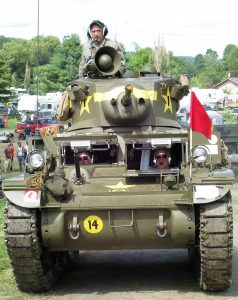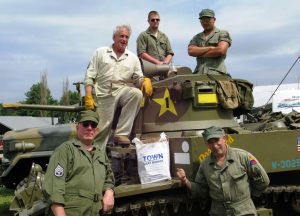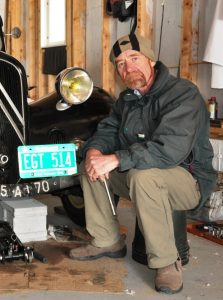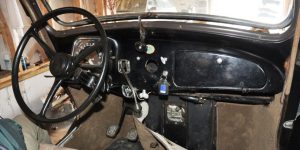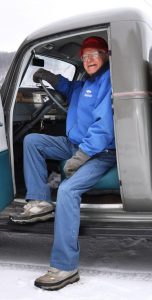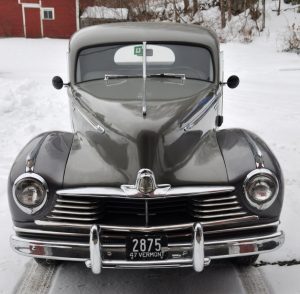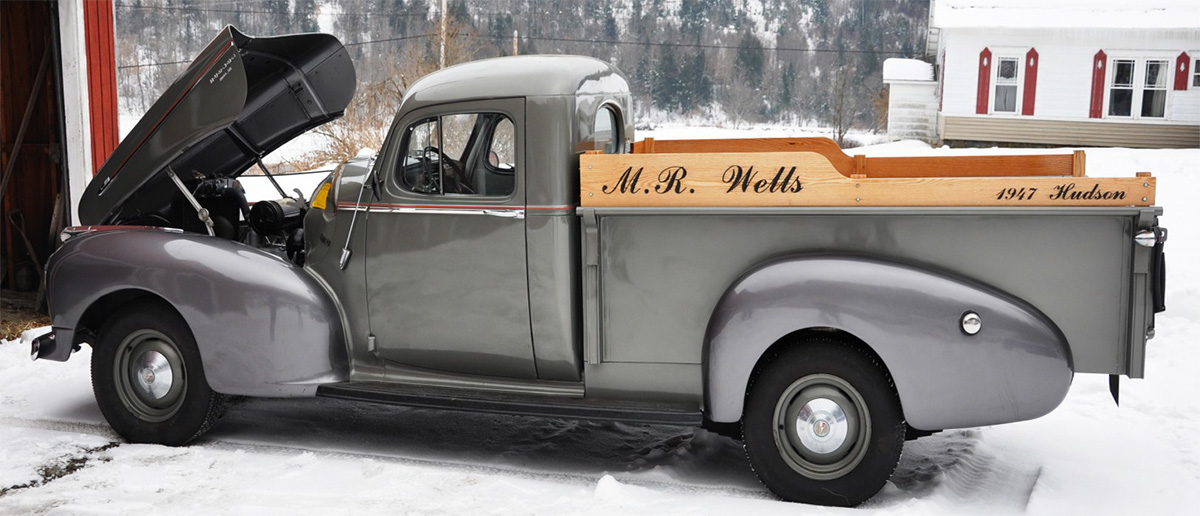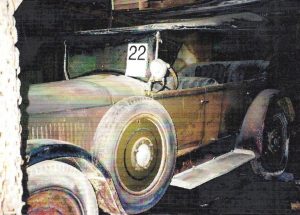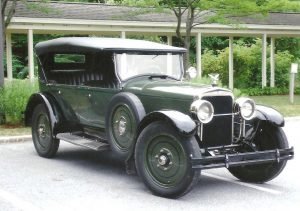Okay, this is no ode – poets write loads of odes, and to everything; urns come to mind, but I don’t believe I’ve seen one to “stuff”. When I was trying to think of stuff to write about this month, my erudite husband suggested I write about “stuff”. Now, who was the English Lit major?? Not him! Anyway, we all have our stuff, usually unique to the individual, and very dear to him or her. Beanie babies, Cabbage Patch dolls and pet rocks were a lot of folks’ obsession a few years ago. Then there are thimbles, paperweights, cups and saucers, old bottles, books (yes!), stamps, old coins, chickens, old tools, license plates (1909 dealer plate anyone?), art, CAR PARTS – amazing! Many of us have family heirlooms, but where, oh where, to put all of one’s stuff?
It could be put in a stuffing box, but that is a whole other thing, right, old car guys? An addition could be built, another garage, wall- to- wall shelves, hang stuff from the ceiling? Or hand it off to children – probably not, their interests aren’t necessarily ours, so, I say, enjoy your stuff, even flaunt it. Some of our best “stuff” we dug up in our back yard, apparently considered to be “trash” by an earlier generation. So who’s to say what stuff will be collectible, valued, or found in a flea market, o.k., or on line, in the future? As I was writing, I looked around at some of my stuff. Pictures, old books, bottles, old kitchen utensils, a spinning wheel, books, boom chains, rusty iron tools, bowls and baskets, college mugs, coffee grinder, glass and ceramic cats and birds, pewter tea and coffee pots, did I mention books, wooden boxes, Matchbox cars (none made in China), old clocks, 45 RPM records of the 1950’s, old kid’s toys and dolls and more books. Almost forgot, interesting rocks from interesting places we’ve visited, except from England, as “he” wouldn’t let me put them in our luggage, bird’s nests and sloughed off snake skins. Then I think that when I’m gone, these will be what I’m remembered by? Oh well, flaunt our stuff now!!










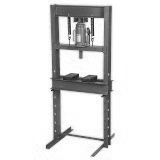
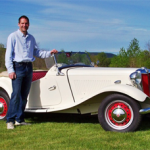 Please email all inquiries to:
Please email all inquiries to: 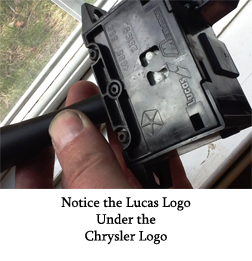 Absent any questions this month, I’ll tell the tale of a recent repair to my Chrysler minivan. I have had problems with the Body Control Module for the past few years. The BCM is the “brain” of the vehicle, and it’s function is the control of all things electrical in the vehicle. This part is vehicle specific, and stores all the vehicle data, such as the mileage on the odometer and the Vehicle Identification Number.
Absent any questions this month, I’ll tell the tale of a recent repair to my Chrysler minivan. I have had problems with the Body Control Module for the past few years. The BCM is the “brain” of the vehicle, and it’s function is the control of all things electrical in the vehicle. This part is vehicle specific, and stores all the vehicle data, such as the mileage on the odometer and the Vehicle Identification Number.